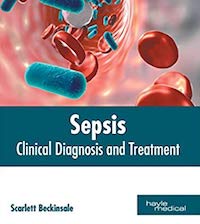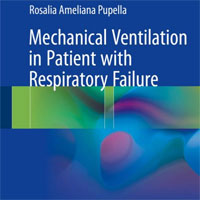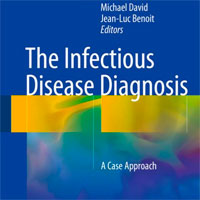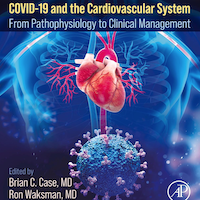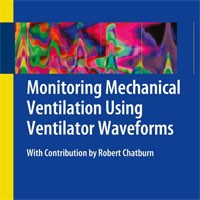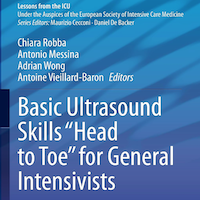Tag: trauma
The Worst Trauma Experienced as a Nurse
As a relatively new nurse, I never experienced the terror that normal people experience when someone starts to die. For me, I knew how to handle it.... read more
Houston researchers use stem cells to treat traumatic brain injuries
A Houston research team has uncovered a possible treatment for severe brain injuries that could dramatically improve the outlook for tens of thousands of trauma patients - from those injured on Houston highways, to soldiers... read more

Blood products and procoagulants in traumatic bleeding
A host of preclinical and clinical studies have evaluated blood product availability and efficacy in trauma. Recently published randomized controlled trials have investigated the ratio of platelet:plasma:red cell transfusion... read more
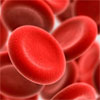
IVC Filters Provide No Advantage in Trauma Care
Trauma patients who received an inferior vena cava (IVC) filter to prevent pulmonary embolism (PE) had no survival advantage, according to a new study.... read more
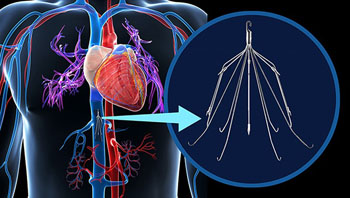
Value of Adrenergic Blockade in Acute Severe TBI Questioned
Adrenergic blockade with the β-blocker propranolol and α2-agonist clonidine did not increase ventilator-free days after severe traumatic brain injury (TBI) in a randomized controlled trial.... read more
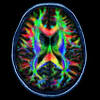
Utilising the immune system in the fight against sepsis – On Medicine
In this blog, Dr. Naoshi Takeyama, Senior Editor of Journal of Intensive Care, discusses about how knowledge of immuno-oncology can also be applied to strategies for managing sepsis and severe trauma.... read more



